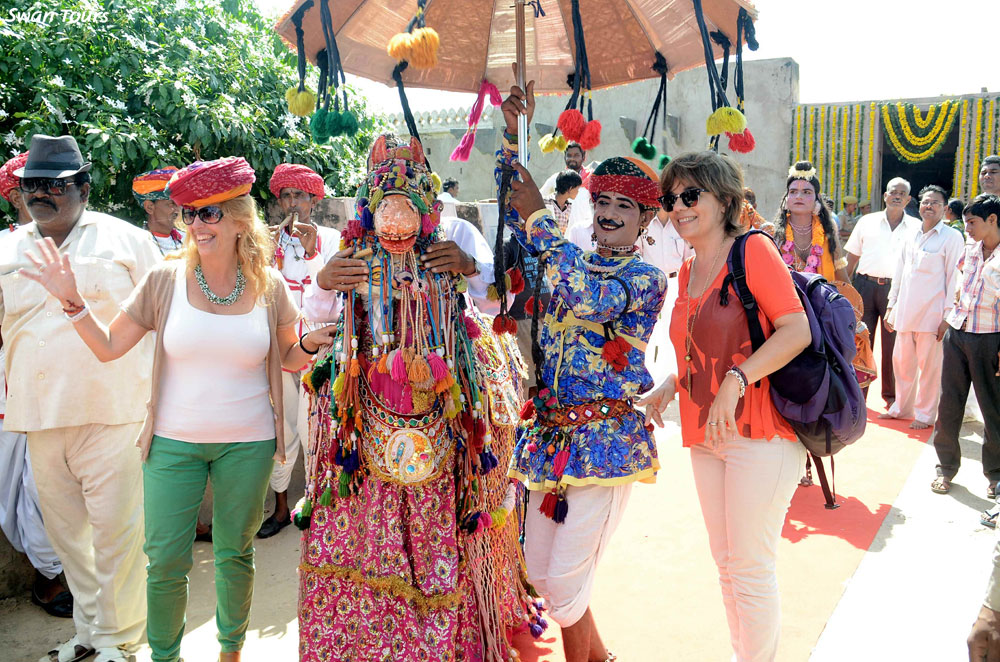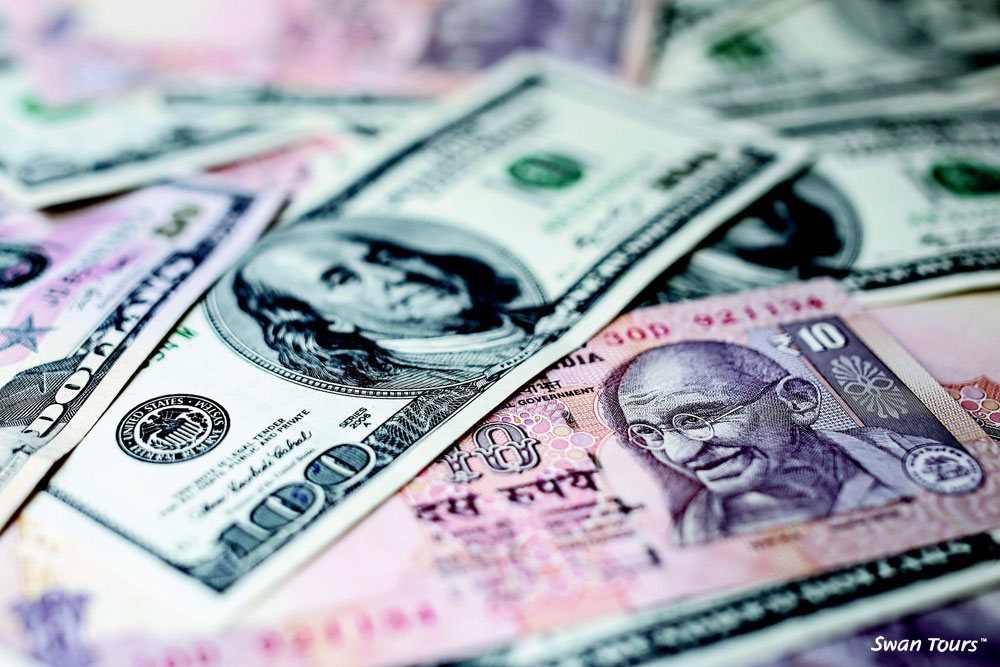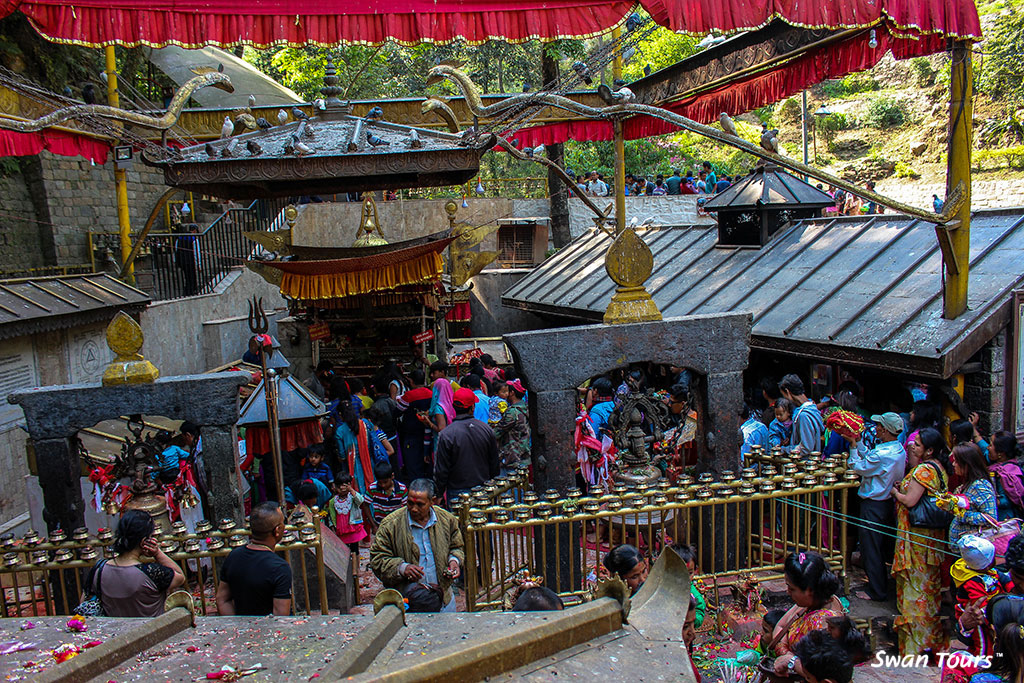What should the tourists shop when travelling to Andaman and Nicobar Islands?

As Andaman and Nicobar islands is very famous for the shell made items, wood made items etc., the amount spent by the tourists on shopping directly stimulates the local industries and handicrafts. Tourists visit these islands happily and purchase the locally made handicraft items as a symbol of visit to Andamans. They even present these items to their kith and kin, relatives and friends, as a sign/mark of their love and affection with a proud thought that this is made in Andamans. Such purchases by the tourists increase the total efficiency or quality of the local artisans, employment opportunities, the revenue to the islands and economic development as a whole. So it becomes necessary to know the main items or products which are purchased by the tourists, both Domestic and Foreign. In Andaman and Nicobar islands, there are no silk saree industries, iron industries etc. So the scope of shopping for the tourists is limited to the shell made items, wood made items and forest



